Classic portraiture is basically a minimalist kind of portraiture where the photographer shows the subject as they are. The subjects are relaxed and have simple backgrounds without any distraction. The right lighting needs to be used to make the features of the subject stand out.
In photography, composition is an essential skill and it applies when composing portraits as well. Photographers may struggle with compositions when making portraits and most of the time we stick to the rule of thirds, but there are many other compositional guidelines that can be applied when it comes to framing portraits.
Besides the above, do not forget to capture the raw emotions of the person in the portraits. Creating a portrait is a difficult task for this reason. Get them to strike a few poses and try different expressions to photograph their character.
Note: In any portrait, the eyes are the center of attention and they are what makes or breaks a portrait. So be careful with the placement of the subject’s eyes in a portrait and also make sure that the eyes are in sharp focus.
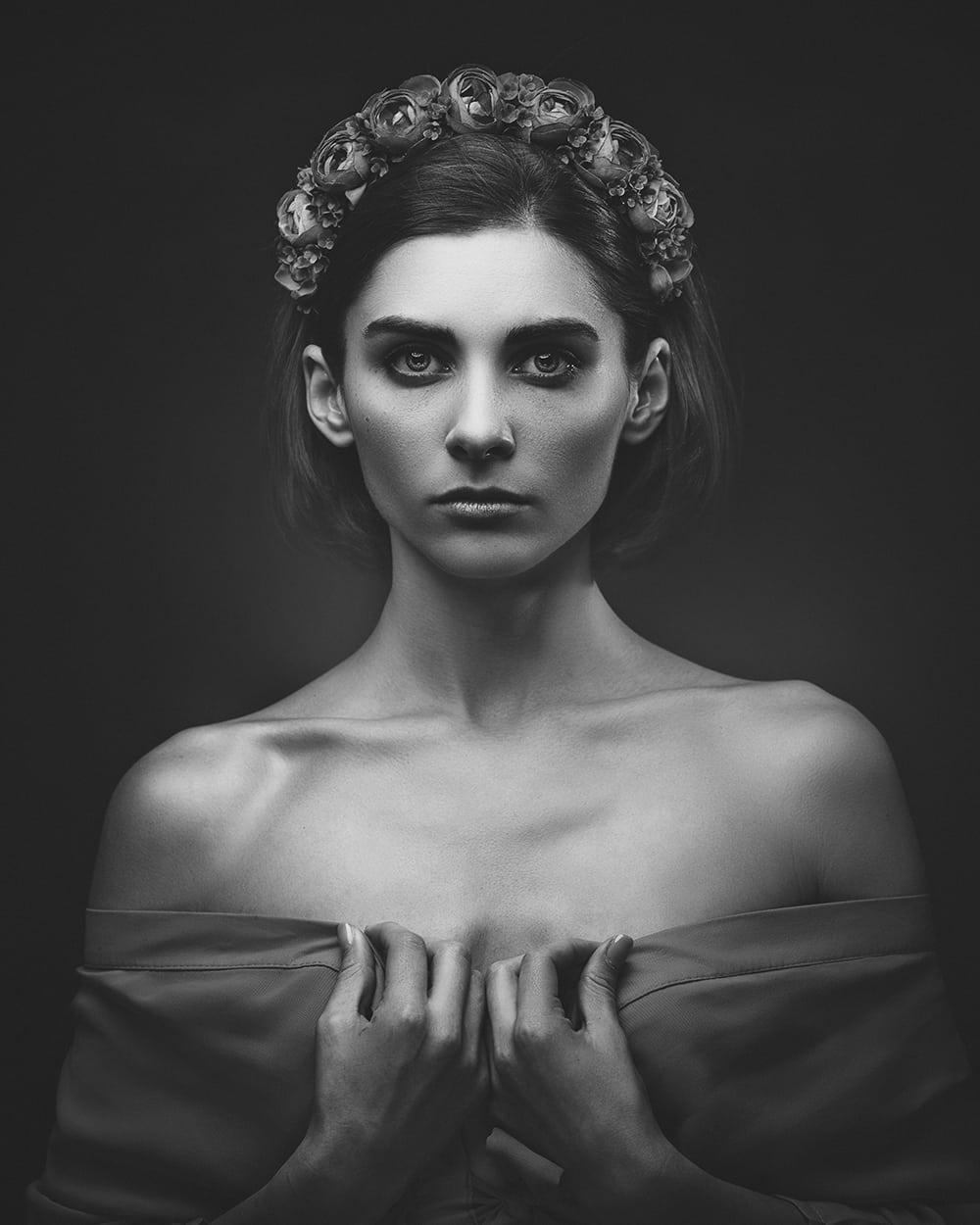
Here Are Some Classic Portraiture Compositions For You To Get Started:
Classic Portraiture compositions fall into three categories:
- Head and Shoulder Portrait
- Three Quarter (3/4) Portrait
- Full Portrait
Within these categories, you can go for various compositions to create compelling and creative images. It depends on how you place your subject in the frame and use any elements from the background or surroundings to compose your image.
1. Head And Shoulder Portrait:
In this type of shot, the subject is framed from the chest up, just to include their head and shoulder in the frame. These kinds of portraits show the character and features of the subject in more detail. Sometimes a flat up straight shot may look boring, so place the model with their body turned towards the side and their head turned towards the camera to give a more natural look.
As you would do with any genre of photography, compose the images by placing points of interests in certain regions of the frame, like for example the eyes. The lighting needs to be used wisely, preferably slightly to one side to create shadows that can define the features/shape of the subject.
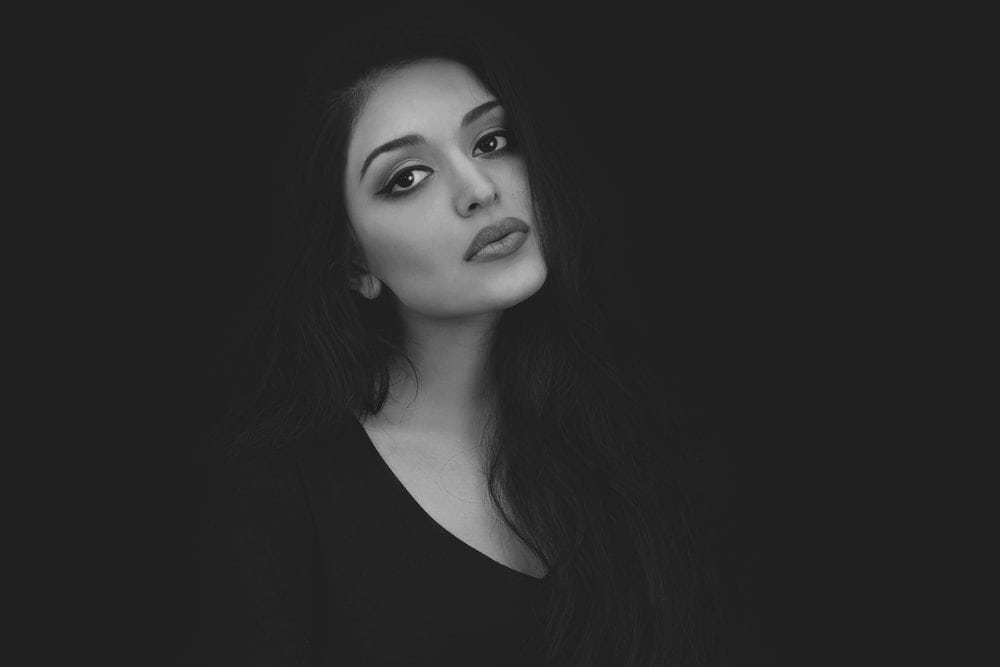
Some compositional guidelines to look out for in a head and shoulder portrait are:
- Since these shots will include just the head and shoulder of the subject, in most of the images the subject will be centered. You can thus follow the rule of thirds and place the eyes at about oone-thirdway from the top of the frame.
- If possible, it is better to place one of the eyes (dominant eye or the eye closest to the camera) in one of the top third intersection points
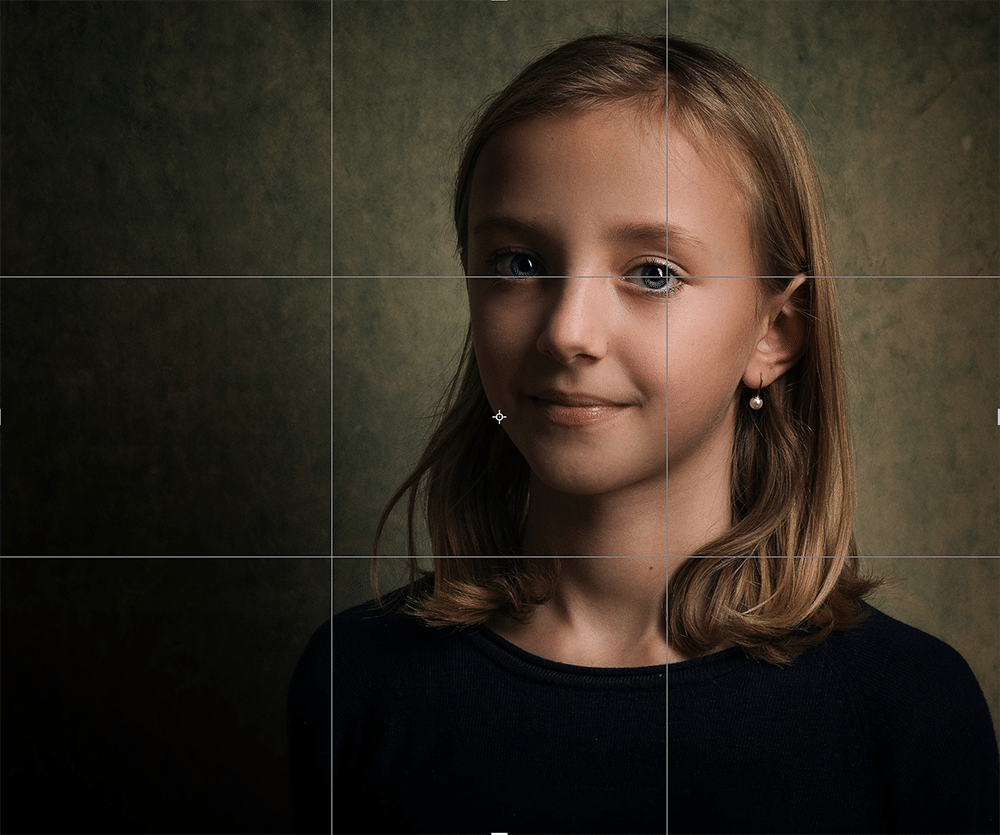
- Make sure that there is enough headroom and not chop off the head unless you are going for a very close up shot. In that case, even if you chop off part of the head, make sure you do not chop off the chin.
- Leave enough space in the direction the person is looking into
- If the subject does not make eye contact, use their emotions or features to draw the viewer into the photo, but still having the eyes in focus.
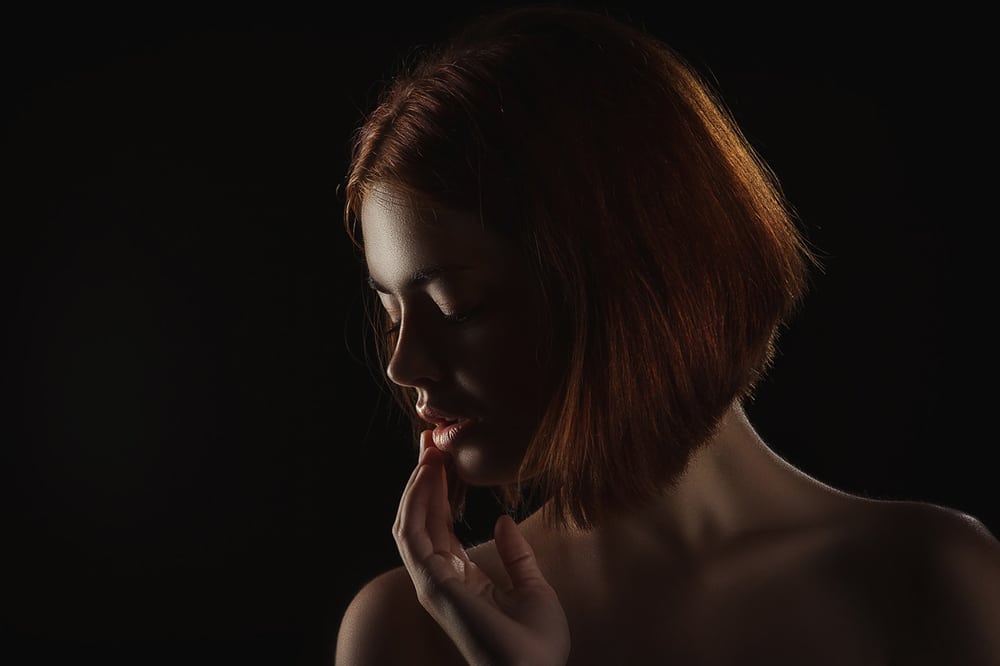
2. Three-quarter Portrait:
In these type of portrait shots, the subject is framed from knees up, which means the upper three fourth of the subject’s body is in the frame. These portraits let the viewer see a bit more of the character and features of the subject, compared to head and shoulder portraits and requires a bit more work compared to head and shoulder shots in terms of posing, lighting, etc.
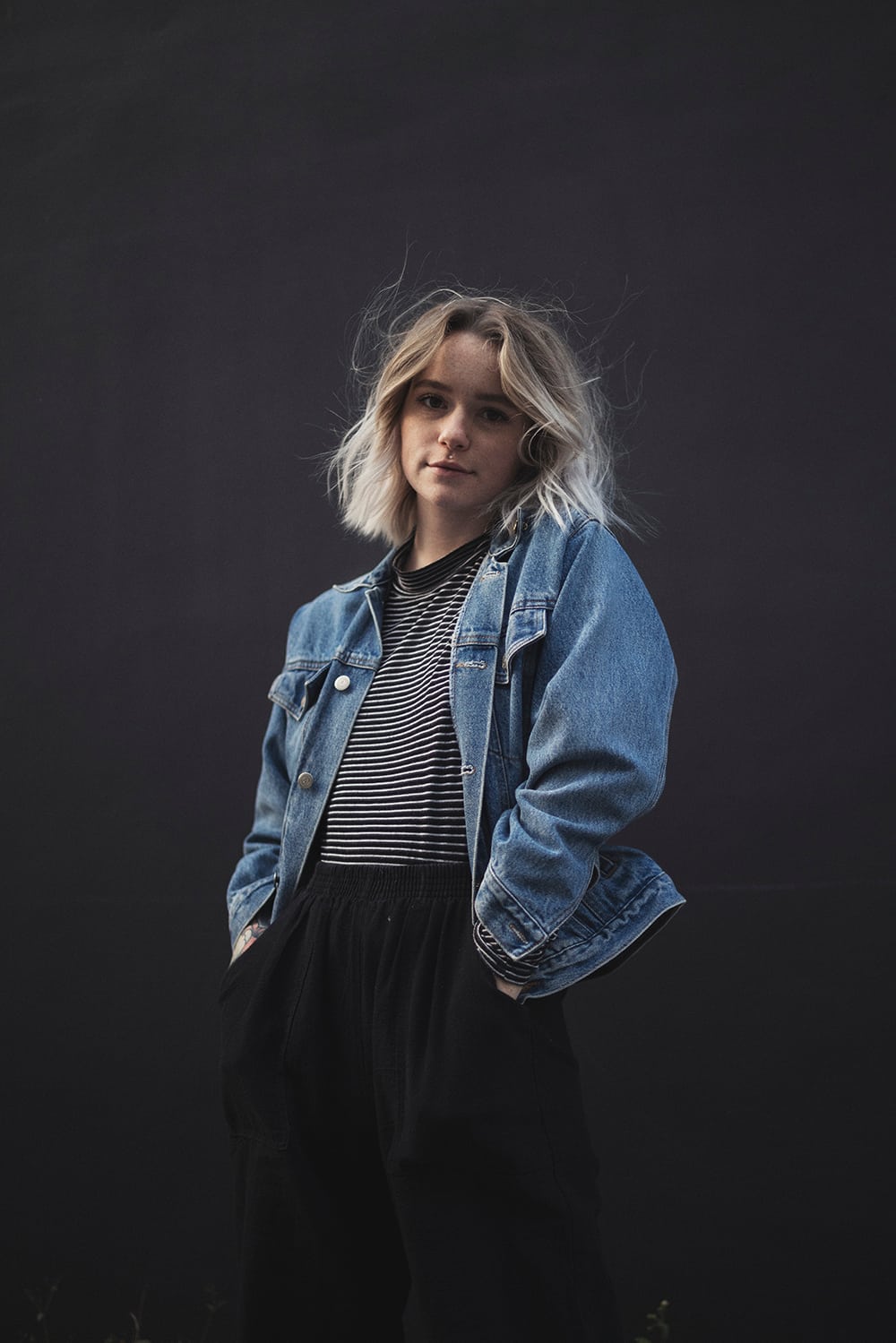
The focus on these shots are more on the head, trunk and hips of the model. Some compositional guidelines to look out for in a three quarter portrait are:
- Compose your image in such a way that you do not crop your subject at any of the joints like elbows or knees.
- Keep an eye on little details like, not chopping off fingers, or a small part of the hand, shoulder, etc.
- Try as much to place the eyes at about one third way from the top of the frame.
- Try to place one of the eyes (dominant eye or the eye closest to the camera) in one of the top third intersection points of the rule of thirds grid.
- Leave space for enough headroom and do not chop off the head.
- Make sure there is space in the direction the person is looking into and this applies to all genres of photography.
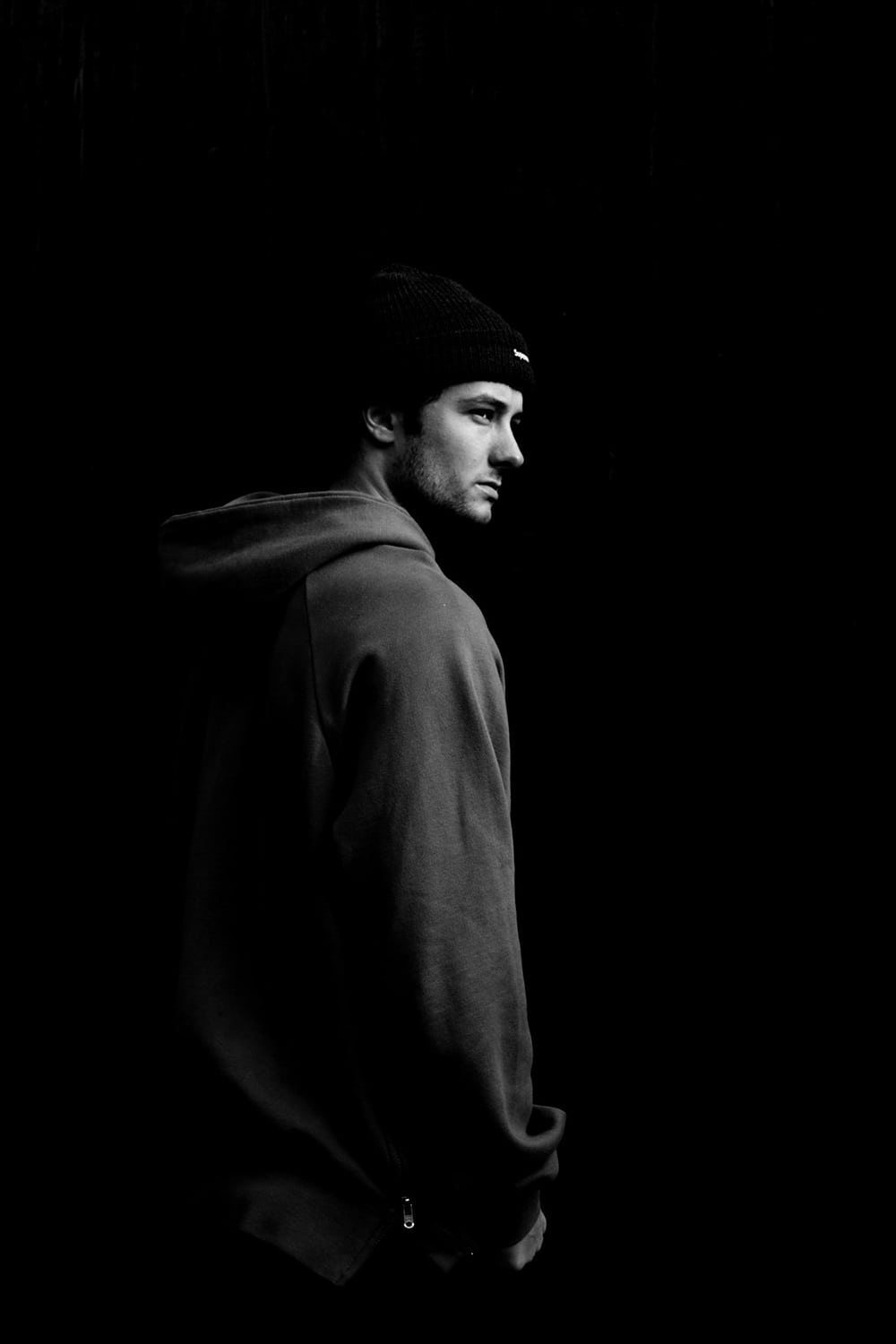
- When the subject does not make eye contact, use their emotions or features to draw the viewer into the photo, but make sure the eyes are in sharp focus.
- Try not to hang the arms straight down as it will look awkward, rather they can be angled to the hips to create a good pose.
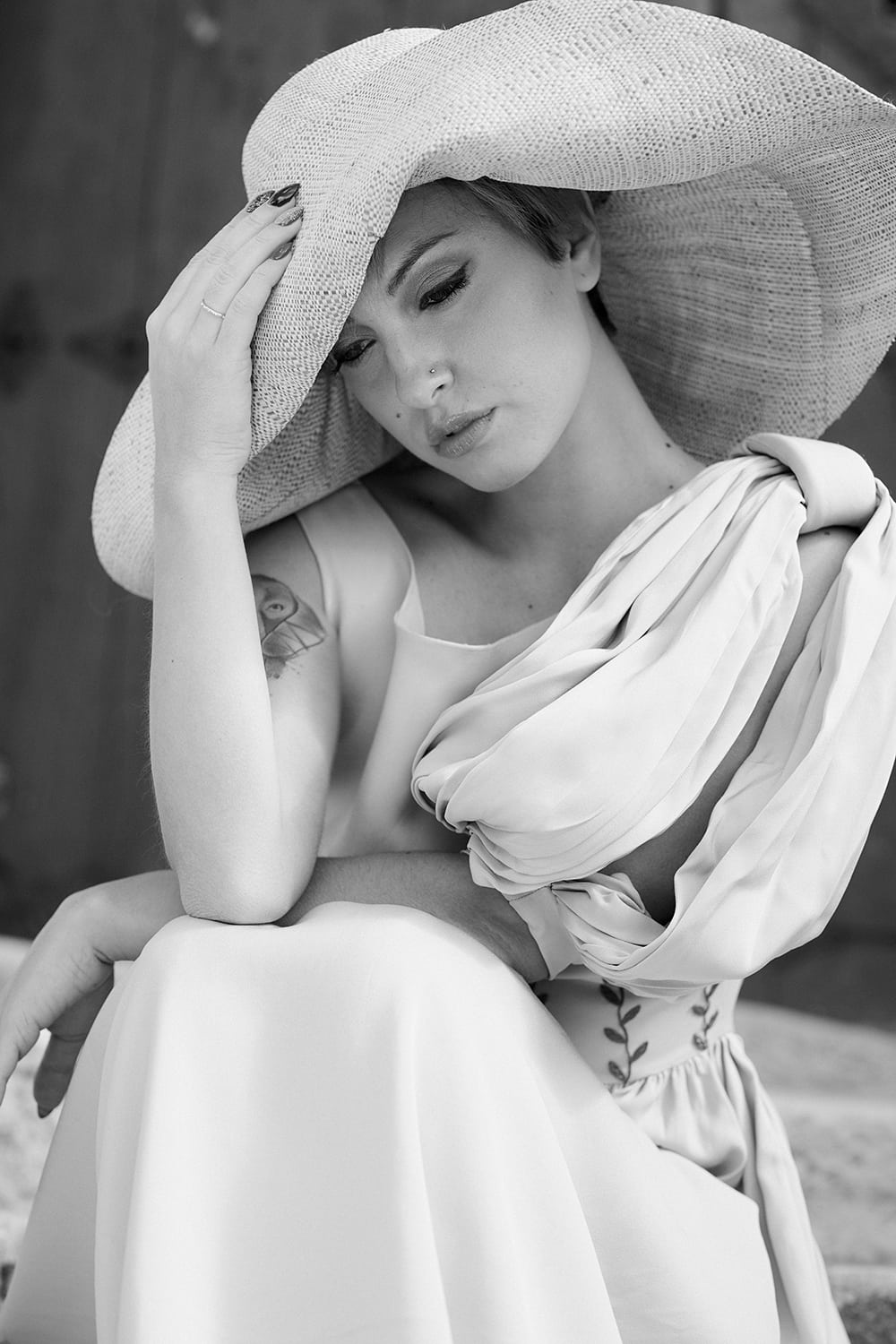
3. Full Portrait:
The subject is framed from head to toe in this type of portrait and the subject roughly fills most of the frame. These portraits show the complete personality of the subject and they are quite complicated compared to the head and shoulders shot because it involves a lot more work like posing, angles, lighting setups, etc.
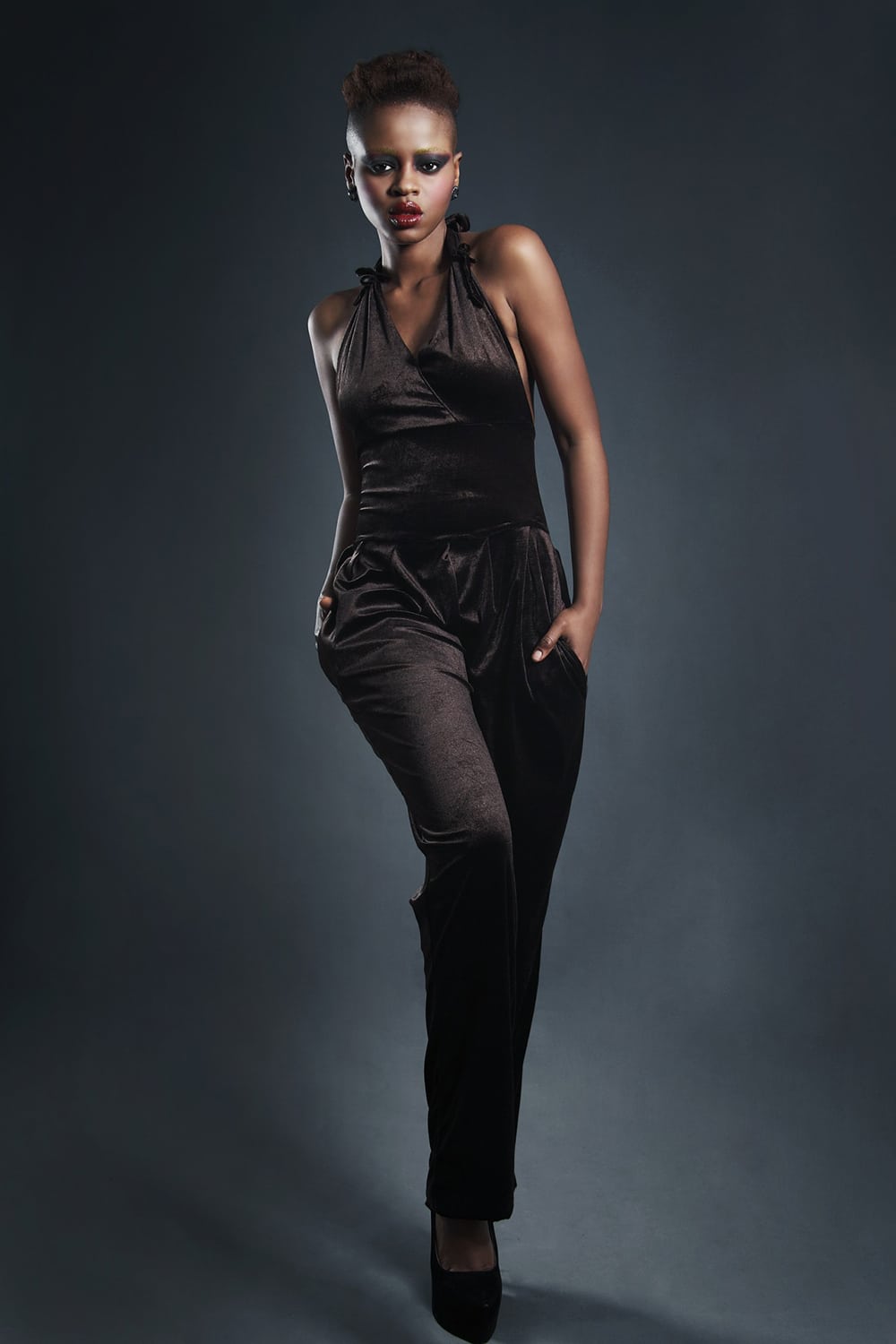
Watch out for the position of hands and the right posture so the subject does not slouch or stays stiff looking straight into the camera. The same applies to the legs too – having them stiff and straight with the feet next to each other will look awkward. Slightly bending one leg will make the subject look relaxed.
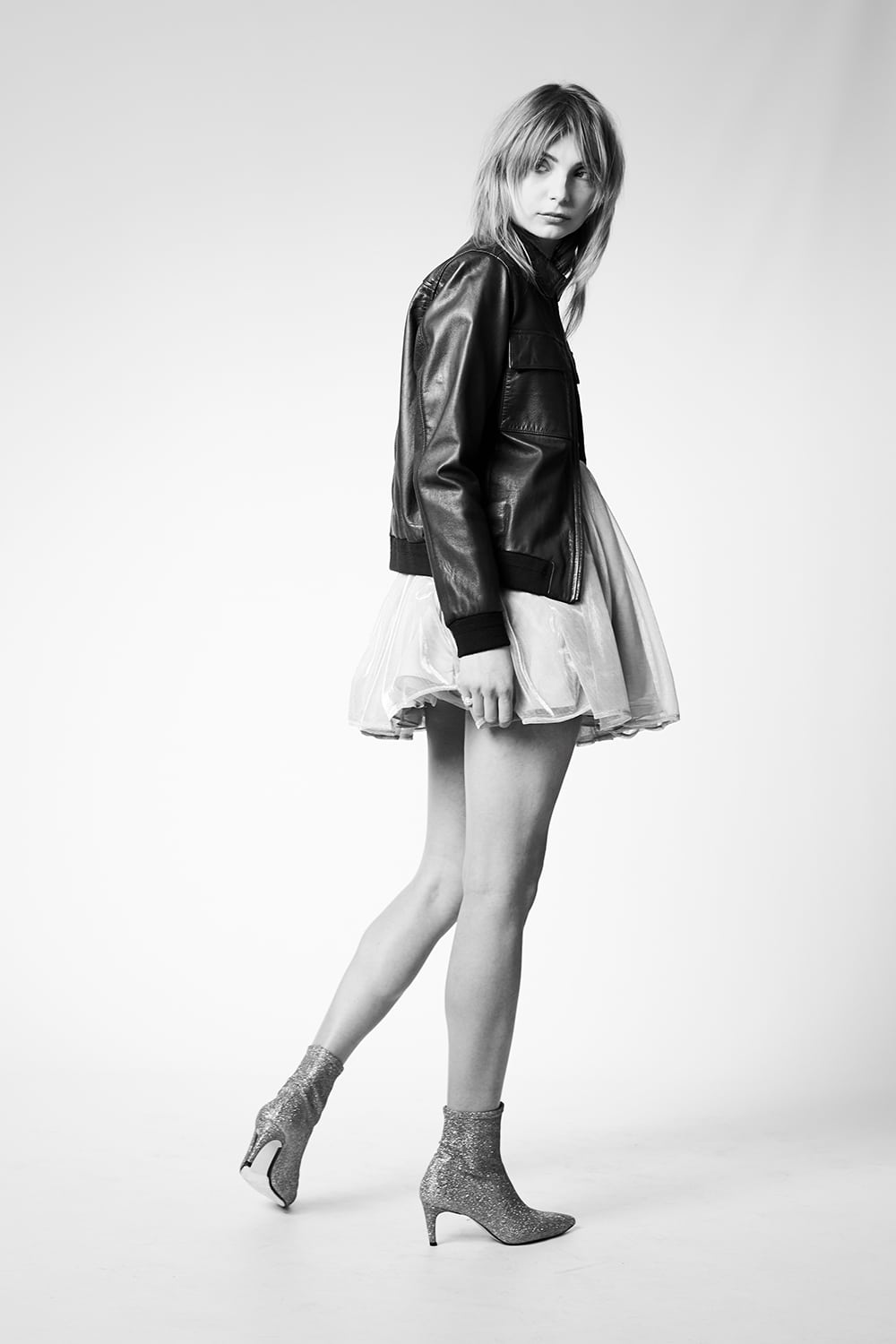
Some compositional guidelines to look out for in a full portrait are:
- When doing a full portrait, make sure that you do not chop off part of the feet or head in the image.
- Just like you would do with any other portrait, do not chop off the hand at the elbows (on the sides) or chop part of the shoulder in the frame.
- The subject could be standing, sitting or in any other posture for a full portrait.
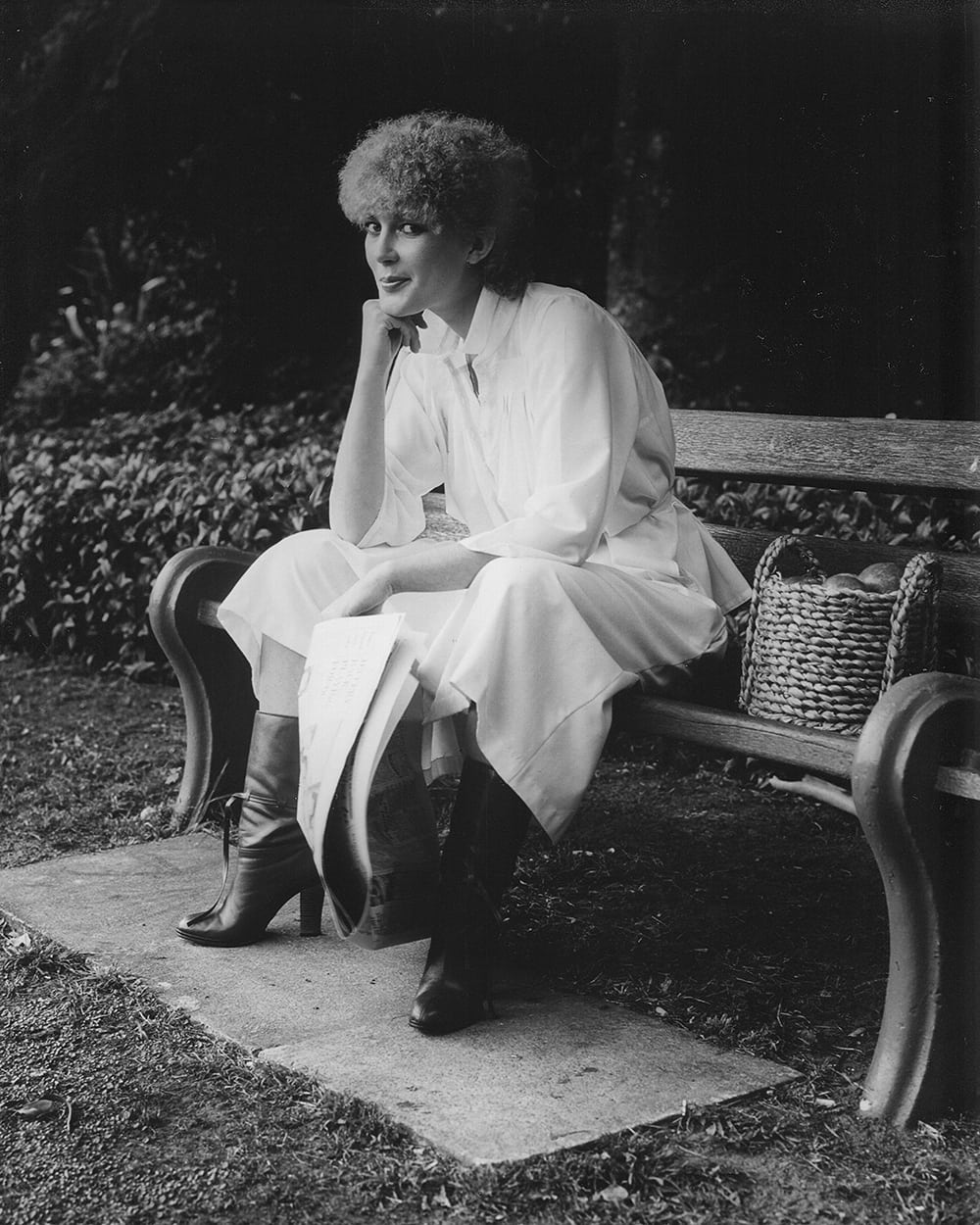
- While framing the image, there should be more space above the head than under the subject’s feet.
- Eye contact is not always necessary in a portrait and as discussed above, when there is no eye contact, make use of the subject’s character or personality in the image to create a powerful image.
Tips For All The Above Types Of Classical Portraits:
- Catchlights are an important part of any portrait without which the eyes will look lifeless with no color or textures.
- Do not go for varied complex poses as classic portraiture is more about simple and natural poses.
- Keep an eye on the arms and hands so that they are not posed in a way to draw attention away from the subject.
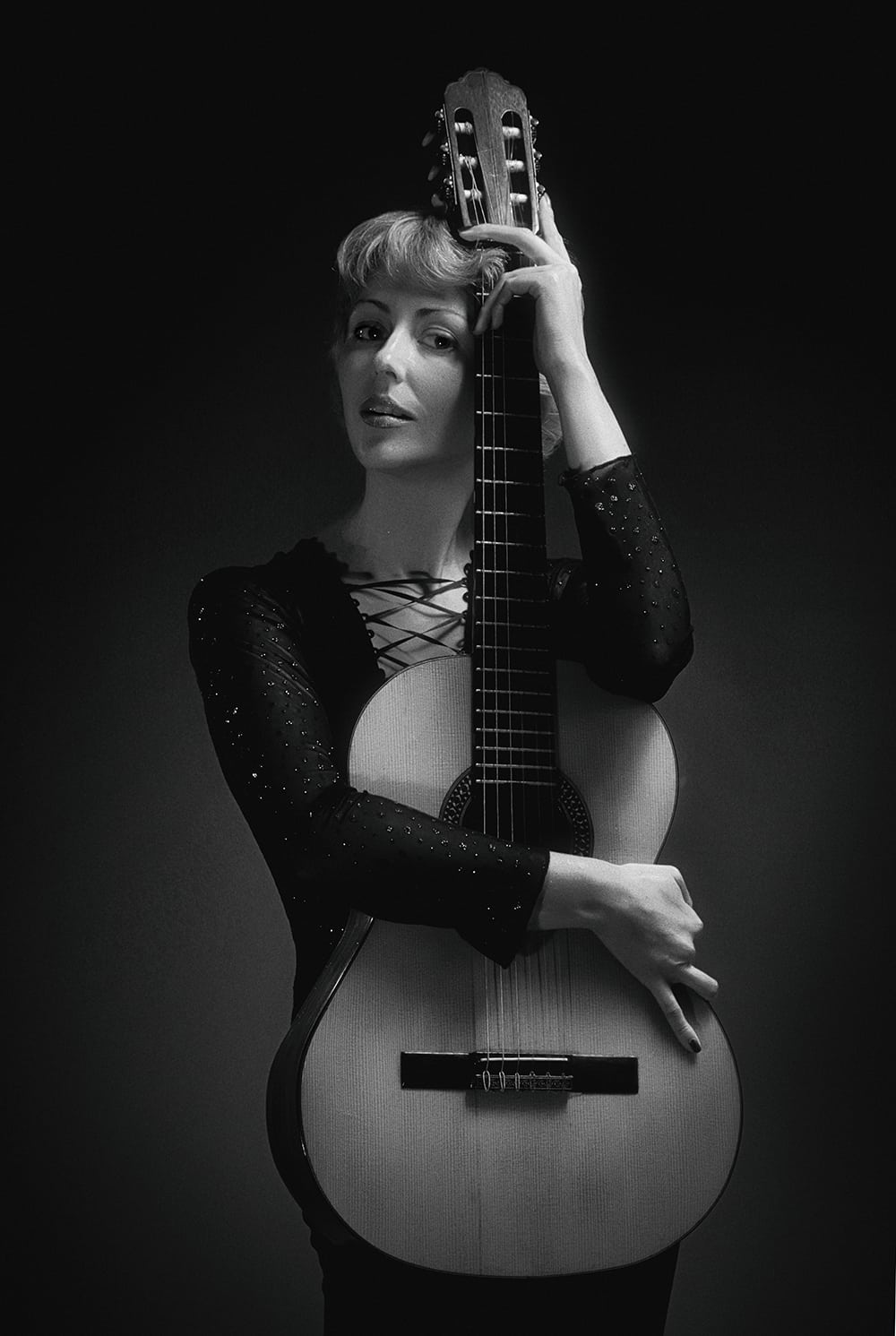
- Avoid stiff poses and let the model be in a more relaxed pose like an off-camera look or a slight tilt of the head.
- You could use a lot of different mild expressions to photograph your subject in their natural mood.
- Darker clothing suit classic portraiture as otherwise bright clothing can draw attention away from the subject
- Try different angles especially for the three fourth and full shot. Low angle shots make the subject look tall and powerful. Do not shoot from above for these shots.
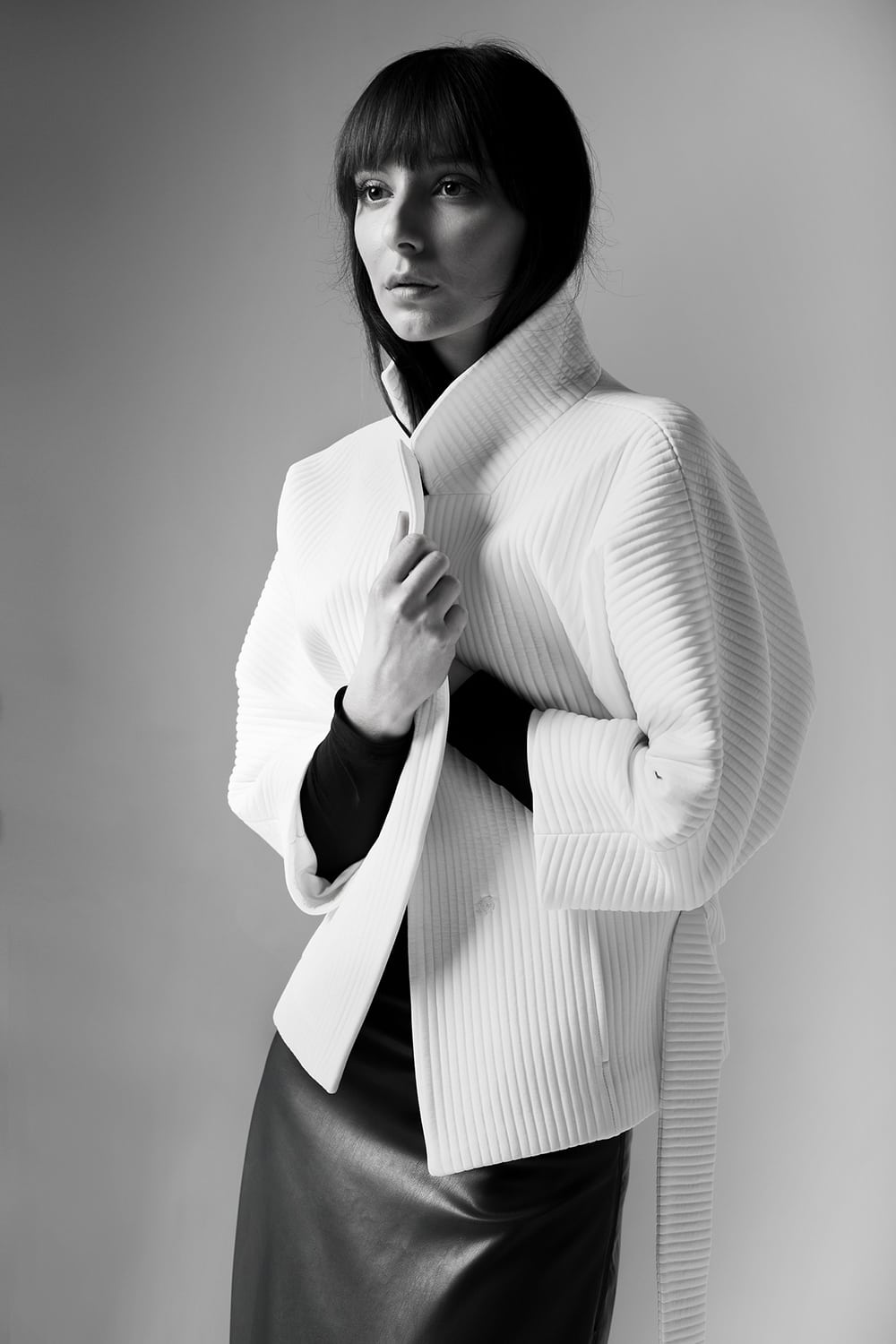
- The above portrait compositions do not need to be limited to one subject in the frame but can include more than one subject in the frame.
- It is good to avoid using wide angle lenses as they can flatten your subject and create distortions that can look awkward.
- Best lenses for portraits could be the 50mm or 85mm lenses.
If you are into shooting classic portraits, feel free to share your tips with us here in the comments section below. We would also like to see some of your images and you could share them with the community in the forums here.

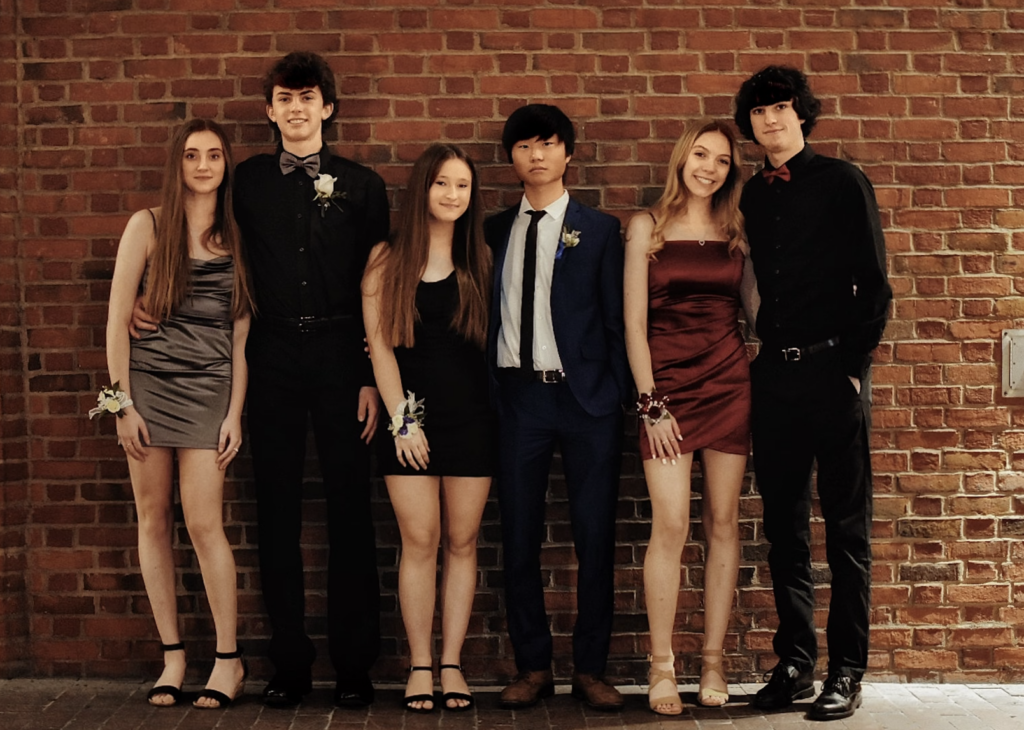
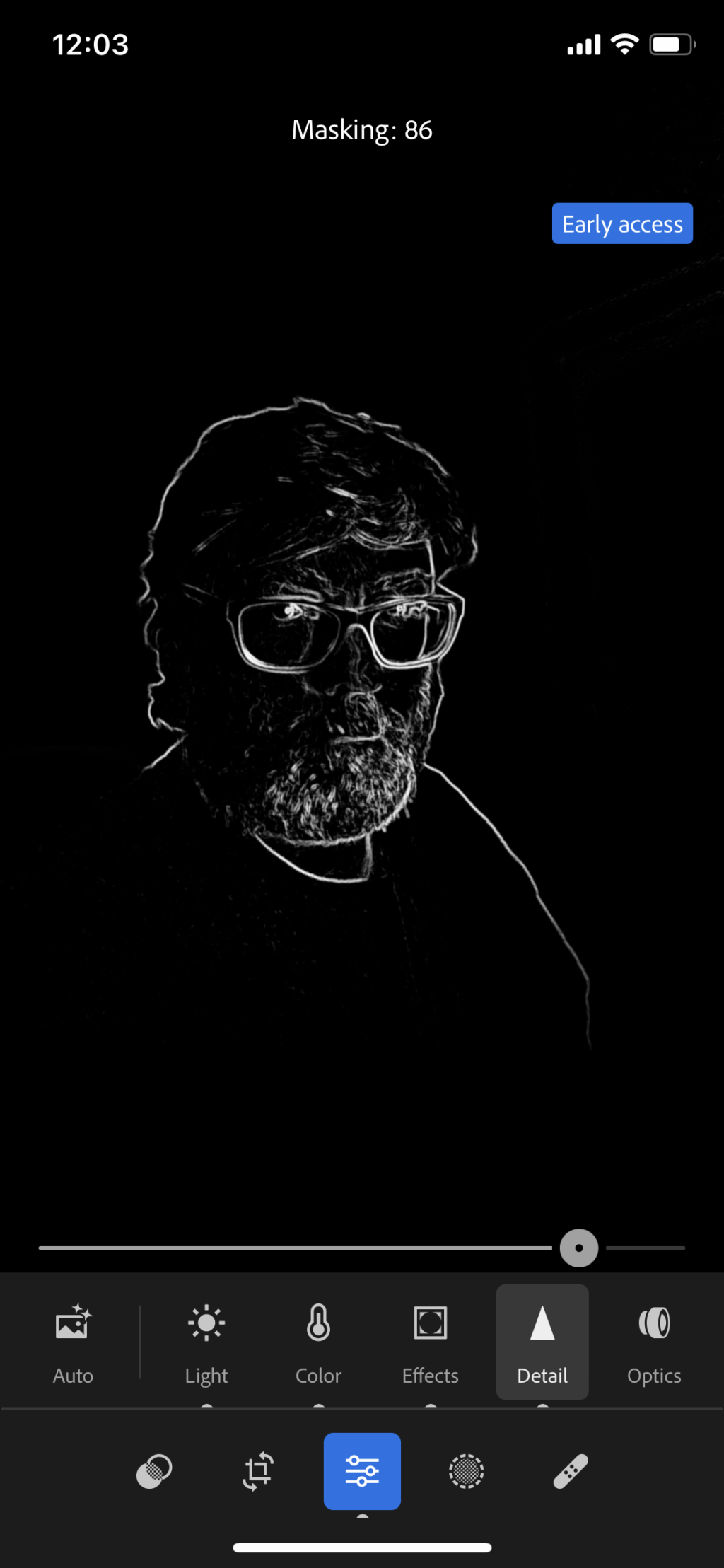
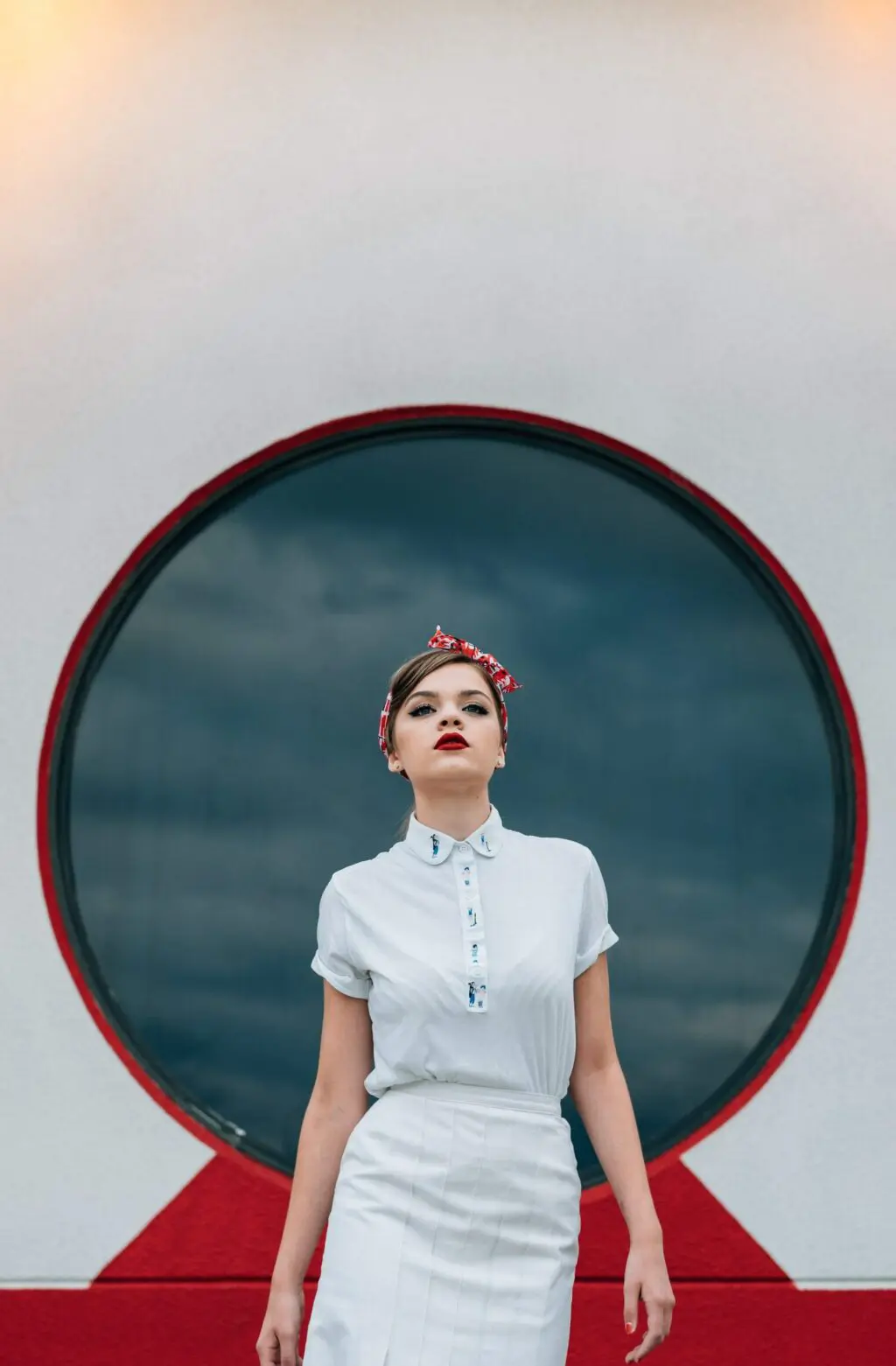
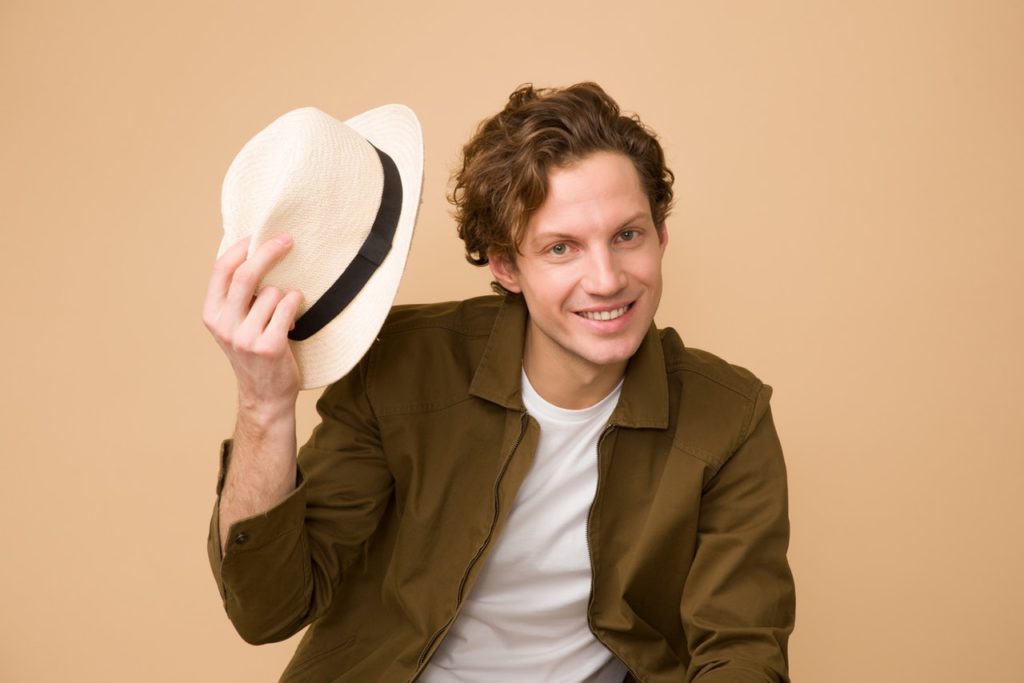
2 Comments
Interesting. I liked the very simple, straight forward style of explanation.
Hi Barbara, thank you. Glad that you found this helpful 🙂